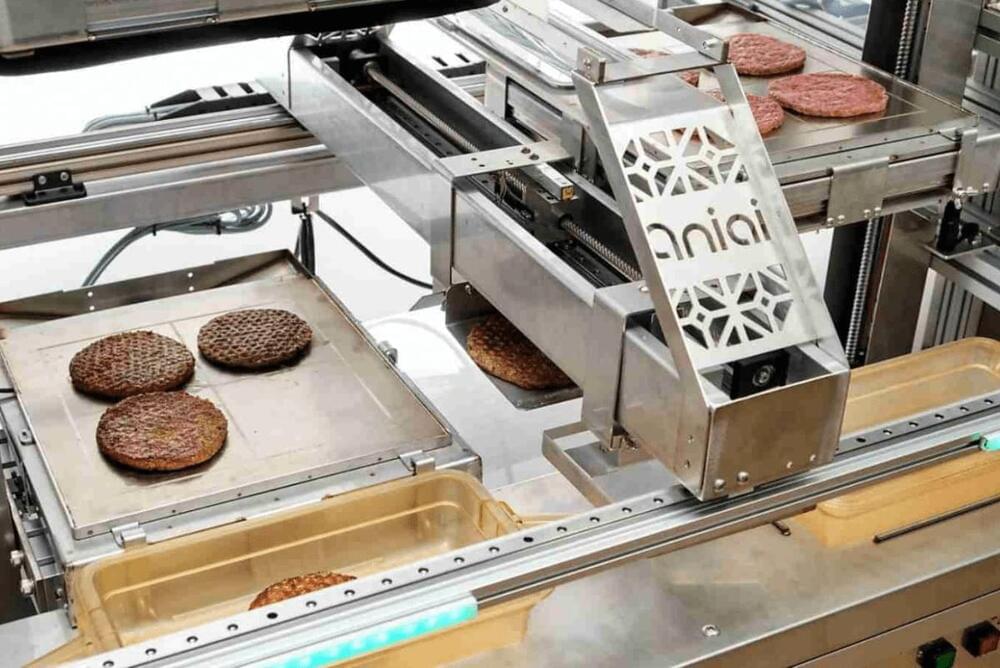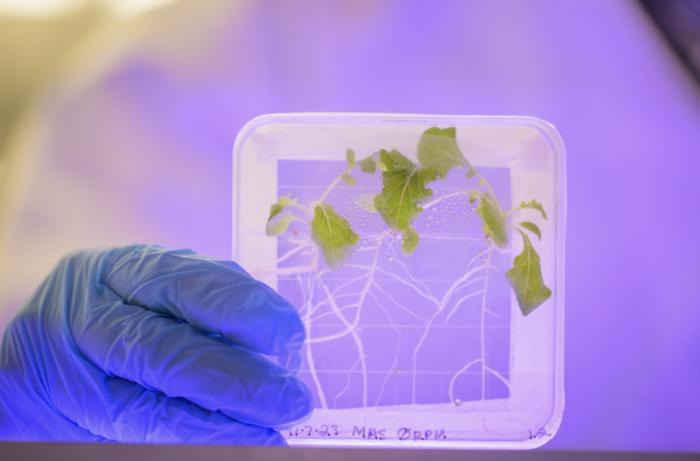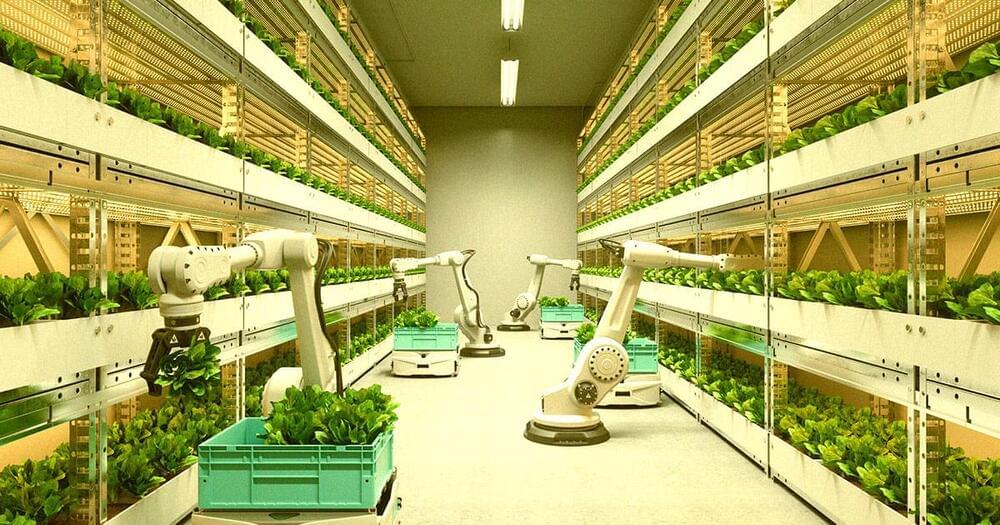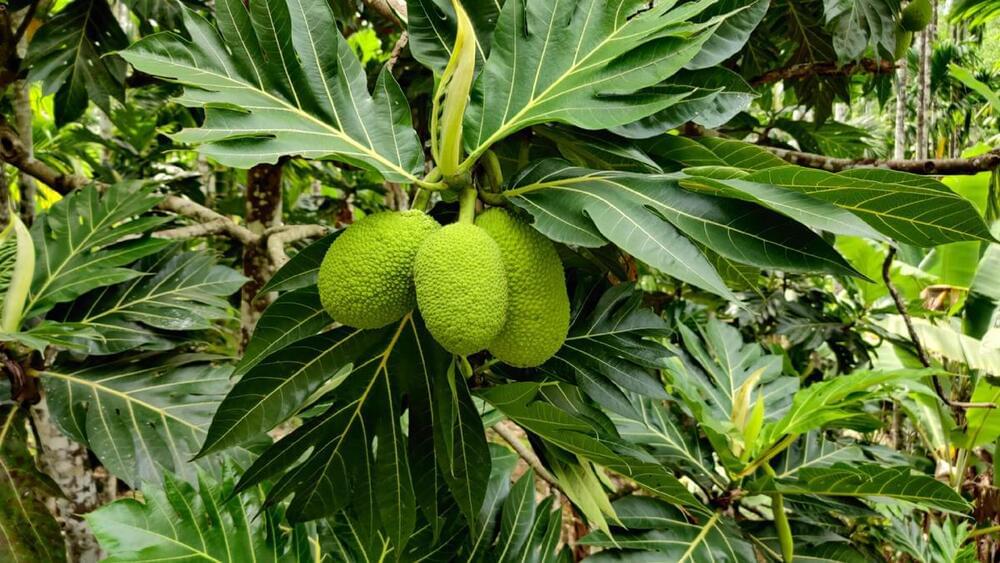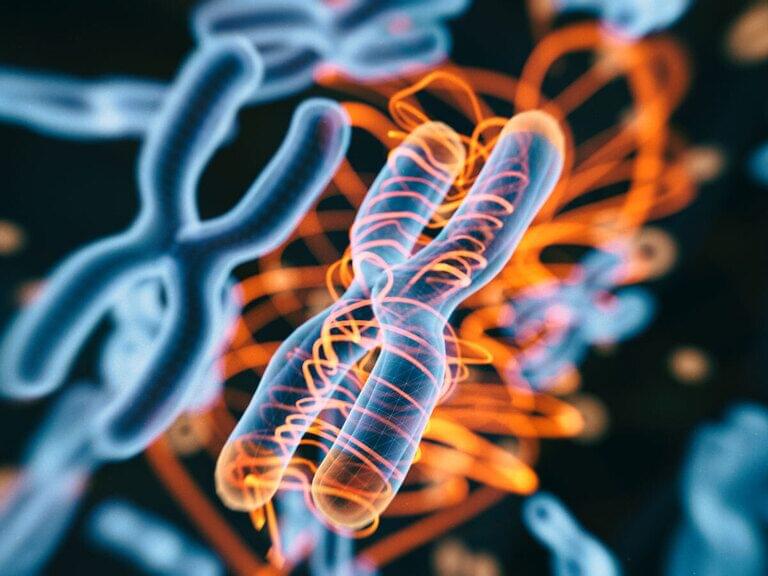If you give a rat a camera, it will apparently take selfies.
That was the biggest takeaway from a fresh riff on a classic rat experiment undertaken by French photographer and amateur behaviorist Augustin Lignier, who told the New York Times that when he taught some pet store rats how to take selfies using a lever that snapped a pic and rewarded them with some sugar, the photo-snapping continued even after the treats stopped.
Born from a desire to understand why people take and post so many self-portraits online, Lignier designed a modified version of behaviorist B.F. Skinner’s conditioning experiments wherein rats were given food for pushing a button inside a box. Known now as the “Skinner box,” this groundbreaking methodology developed in the 1930s has been used repeatedly in the past century not just to study behavior but also as an allegory — and has even served to describe humans’ relationship to social media.
